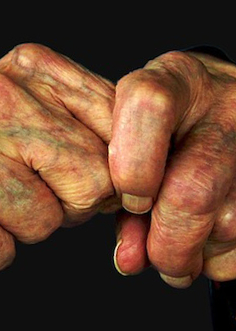Cell check adds strength to anti-age efforts
 Research has revealed a little bit more on the mystery of aging.
Research has revealed a little bit more on the mystery of aging.
A Canadian study has discovered why stem cells in skeletal muscles gradually lose their capacity to repair damage, even from normal wear and tear.
Scientists at the Ottawa Hospital Research Institute have found that as muscle stem cells age, their reduced function is a result of a progressive increase in the activation of a specific signalling pathway.
These pathways transmit information to a cell from the surrounding tissue. The particular culprit behind the changes from aging is called the JAK/STAT signalling pathway.
The team says that as people get older, the activity of their JAK/STAT pathway increases, which this changes how muscle stem cells divide.
To maintain a population of these stem cells, called satellite cells, some have to stay as stem cells when they divide.
With increased activity of the JAK/STAT pathway, fewer divide to produce two satellite cells (symmetric division) and more commit to cells that eventually become muscle fibre. This reduces the population of these regenerating satellite cells, which results in a reduced capacity to repair and rebuild muscle tissue.
Study author Dr Michael Rudnicki - a world leader in muscle stem cell research – says the team is now exploring the therapeutic possibilities of drugs to treat muscle-wasting diseases such as muscular dystrophy.
“What's really exciting to our team is that when we used specific drugs to inhibit the JAK/STAT pathway, the muscle stem cells in old animals behaved the same as those found in young animals,” Dr Rudnicki said.
“These inhibitors increased the older animals' ability to repair injured muscle and to build new tissue.”
More details are available in the article published by Nature Medicine.







 Print
Print